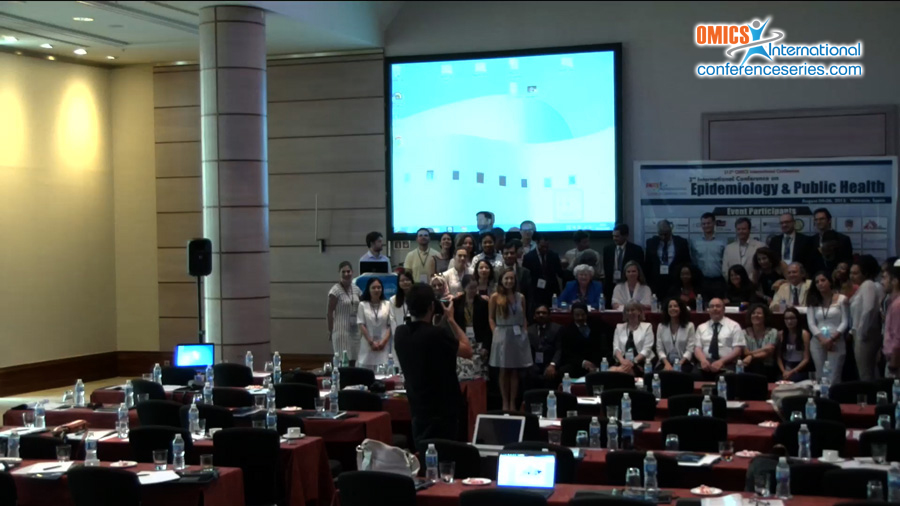
Veerle Msimang
National Institute for Communicable Diseases/NICD, South Africa
Title: Overview of emerging and detection of arboviral disease in South Africa
Biography
Biography: Veerle Msimang
Abstract
The National Institute for Communicable Diseases in South Africa investigates humans for arboviral infections. Rift Valley fever/RVF virus, the most important remerging arbovirus, first appeared in 1951 but has persisted in wildlife reservoirs and floodwater mosquito vectors Aedes spp. ever since, resulting in irregular, unpredictable local emerging outbreaks throughout the country or large epidemics in central SA. The last epidemic of 2010-2011 resulted in 278 human confirmed cases and 25 deaths. West Nile/WN and Sindbis/SIN fever outbreaks commonly occurred simultaneously with RVF epidemics transmitted from birds by one of the same species mosquitoes used by RVF virus, i.e. Culex spp. e.g. 10% SIN detection rate in 2010. WN and SIN human infection on the central SA Highveld has been continuous but limited to sporadic cases annually e.g. 1.3% SIN detection rate (2006-2009). These viruses caused mainly fever with no mortalities or severe disease in humans in SA; although a fatal human WN case was reported in 2014. The evolution of Dengue/DEN and chikungunya/CHIK viruses into a form better adapted to human-to-human mosquito transmission is the principal cause of their emerging, and explosive spread into urban environments globally. DEN virus has not yet permanently established in an urban mosquito-human-mosquito cycle, neither exists in enzootic cycle in SA. Only a DEN outbreak occurred in Durban in the early 1900s. CHIK occurs in north-eastern parts of SA and few locally acquired cases/outbreaks are the result of accidental spill-over to humans. A concern is the growing urban CHIK and DEN (n=121, 2008-2014) imported cases.
Speaker Presentations
Speaker PDFs
Speaker PPTs Click Here


